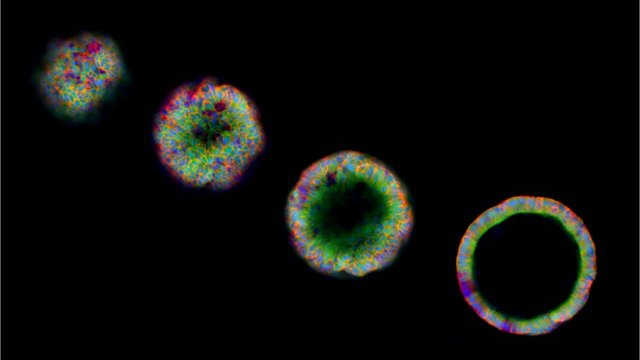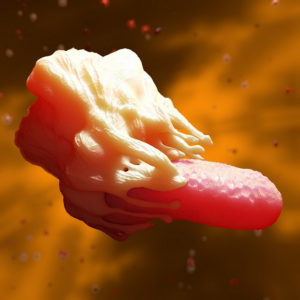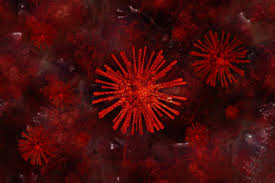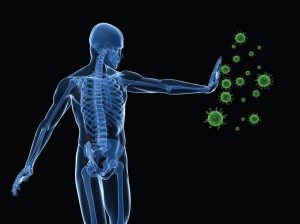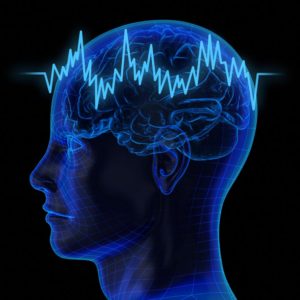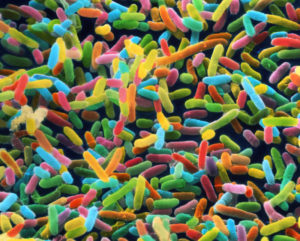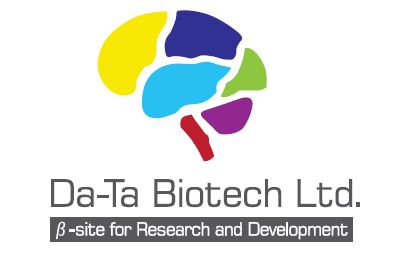The promise of cell-based therapy is limited by the challenge of generating large enough numbers of the correct type of cells. But a strategy called interrupted reprogramming could help overcome this limitation. In study published today (November 30) in Stem Cell Reports, researchers in Canada subjected mouse lung cells to reprogramming factors for short periods of time, which nudged the cells toward a multipotent, progenitor-like state capable of dividing exponentially to give rise to large numbers of cells, but stopped short of pluripotency.
Coauthor Thomas Waddell, a thoracic surgeon and researcher at the University of Toronto, explains that in the past, researchers have focused on the final product of cellular reprogramming, the induced pluripotent stem cell (iPSC), but that the process of generating iPSCs can be time-consuming and expensive. “We’re interested in the idea that reprogramming could become something other than the two extremes, skin cell [and] pluripotent cell,” he says. “In between there’s actually a lot of interesting biology that is potentially available for therapeutic optimization.”
Waddell and colleagues isolated club cells—a population of both terminally differentiated and variant cells, which proliferate in response to injury—from the lungs of adult mice. They sorted the cells to collect those that appeared to contain only mature club cells that did not proliferate extensively in vitro.
Transgenes in the mice allowed the researchers to administer doxycycline to activate the four genes commonly used to generate iPSCs. Cells treated with the drug proliferated exponentially and formed colonies, while untreated cells did not form colonies.
The authors determined that to make multipotent cells, rather than full iPSCs, the ideal duration of doxycycline exposure was three weeks. This time period generated induced progenitor-like (iPL) cells that expanded quickly and had the ability to form colonies, but did not lead to more pluripotent cells induced by longer treatments. The cells increased exponentially in number by about 30 fold, in contrast to methods of generating iPSCs, which often have low yields.

